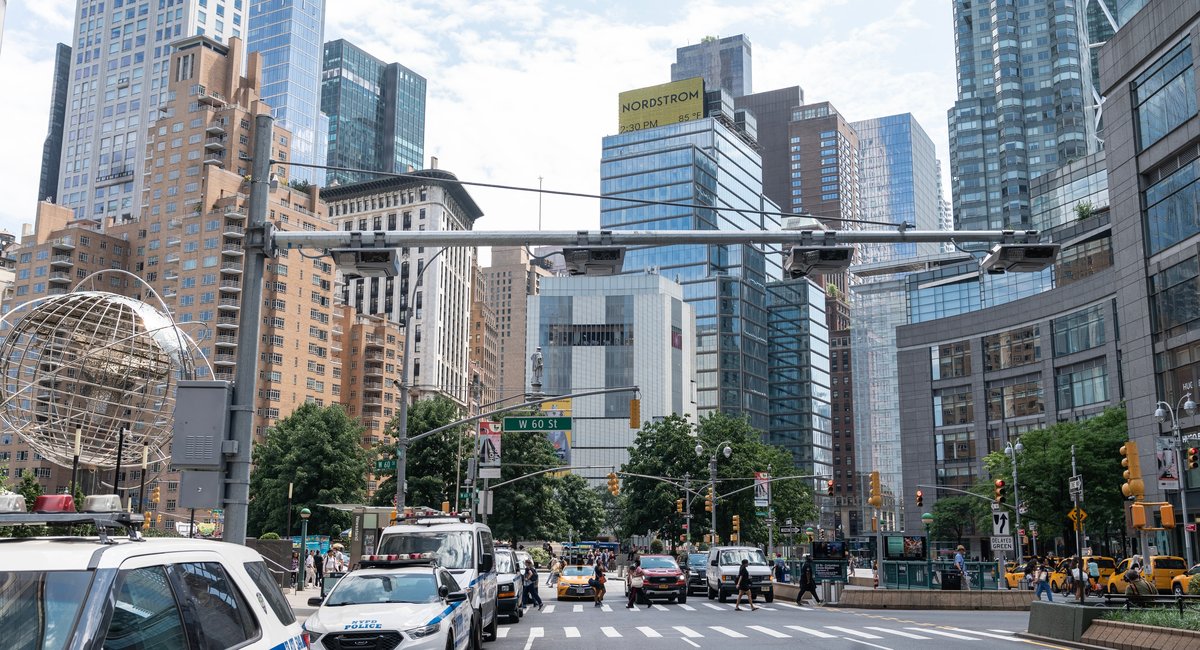Voters in Stockholm approved congestion pricing by a two-thirds majority six months after its launch in 2006.
History:
Stockholm began charging drivers a fee to enter its business district in 2006.
Congestion pricing began as a six-month pilot program, which was followed by a referendum on whether to maintain the program. When the pilot launched, polls showed that two-thirds of Stockholm voters opposed it. By the time Stockholm residents cast their ballots on the issue, two-thirds voted in favor of continuing congestion pricing.
When congestion pricing began, traffic immediately dropped by 20% – the difference between gridlock and moving traffic.
Trips on public transit increased by 3.5% after congestion pricing went into effect.
Costs:
When the program started in 2006, drivers paid $2 to enter the zone during rush hour.
At other times during the day, drivers were charged $1. There is no charge between the hours of 6:30 p.m. to 6:30 a.m.
Now, in the summertime, when more drivers enter the Stockholm toll zone, drivers pay a fee of $4.50 during peak hours. In the winter, when there are fewer drivers, the toll decreases to $3.50 during peak hours.
The money goes toward improvements to bike lanes, subways, light rail and highways.
To raise the tolls, the city and national governments must be in agreement.
Congestion pricing brings in about $92 million a year.
Stockholm uses license plate cameras to toll drivers, most of whom have an account that automatically deducts the fees. As few as 1% of drivers obscure their plates to avoid the tolls.
Emergency vehicles and people with disability plates don’t have to pay the toll, but there are no other exemptions.
Ongoing issues:
Few, if any. Congestion pricing is broadly accepted as the cost of driving in Stockholm, according to Jonas Eliasson, professor of transport systems at Linköp University and director for transport accessibility at the National Transport Administration.
Message to New York:
“I really think that the rest of the world, especially the transport planner world, is following this with a lot of curiosity,” said Eliasson. “If you don’t succeed, then transport planners like me on the global scale have a problem to explain why it didn’t work. And there are two ways of failing. You can either fail because the system doesn’t work for some [technical] La razón… la otra es la comunicación general.
Londres






More Stories
JPMorgan espera que la Reserva Federal reduzca su tipo de interés de referencia en 100 puntos básicos este año
Resumen de ganancias de Nvidia: el CEO habla de Blackwell, pero no cumple con las expectativas más altas
Nasdaq y S&P 500 lideran la caída de las acciones antes de las decepcionantes ganancias de Nvidia